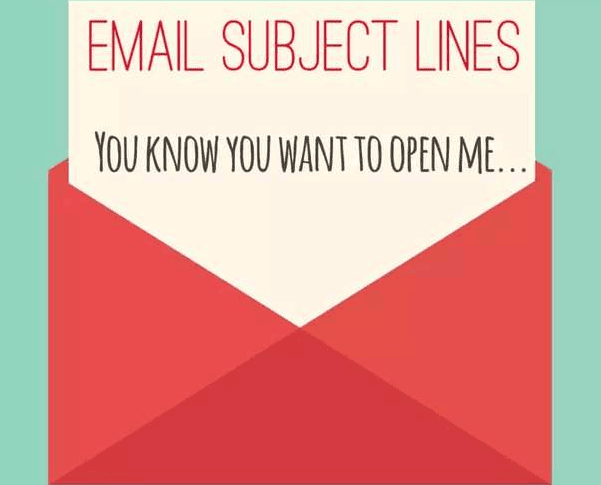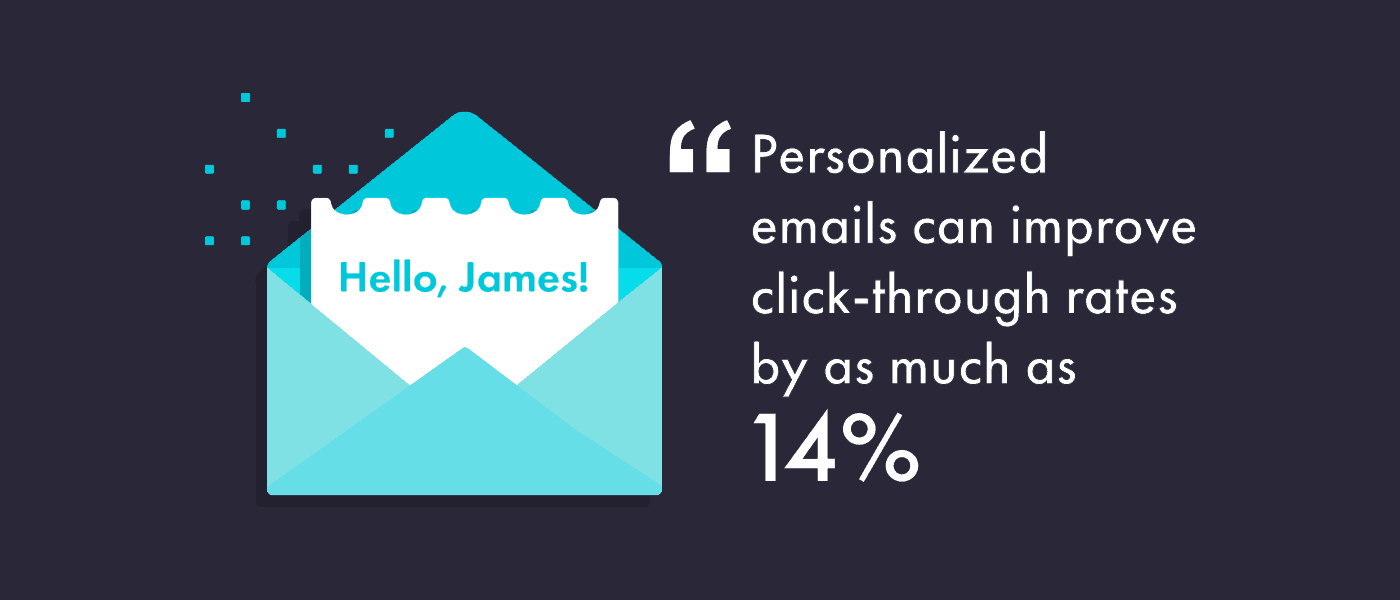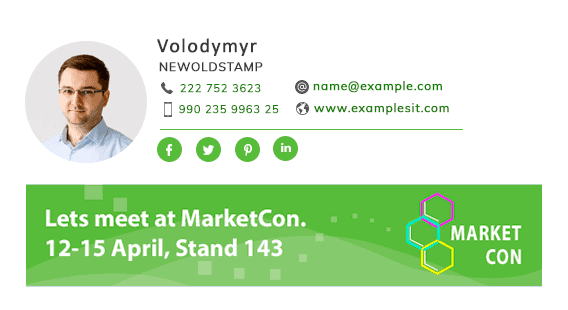Adding automation to an email outreach strategy may sound like a counterintuitive move, but it is still one of the best ways to reach out to potential customers and accelerate your email outreach strategy.
A sophisticated email automation software will help you sync your email sending times with the receiver’s timezone, by scheduling automated emails. With manual email outreach, this type of personalization becomes labor-intensive for your sales and marketing teams.
With an email marketing automation software, you can monitor, measure, and optimize your email outreach strategy automatically. Using the stats available by using this software, you can conduct A/B tests to optimize your outreach emails.
For example, The Marine Mammal Center in California conducted an A/B test by running two variations of its email campaign: A story-focused email (the original) and a product-focused email (test variant). The test variation doubled its product sales and donations on its website.
Automation, contrary to popular belief, can empower personalization strategy. Here are ways you can follow make your outreach emails look natural and remove the ‘robotic’ element.
How to make your automated outreach emails less robotic
One of the most common mistakes that devalue any kind of email marketing effort is sending from a company sender account. This problem gets magnified in email outreach because influencers are your receivers. So, the first fix in your email outreach plan to switch your sending account to your personal account to include a person’s name as the email sender.
Once you have made this change, you can move forward to implementing automation into your email outreach plan.
1. Use dynamic variables to create personalized subject lines
Even if you have a template for the email content to a large list of influencers, you would still have to craft individual subject lines.
Instead, to keep the personalization repeatable, we can rely on dynamic variables.

With your marketing automation software, you get access to all the important attributes of the lead contact as dynamic variables. When composing the email, you can replace the static name (which can’t be repeated) with the dynamic variable for ‘first_name’.
For example, adding recipient’s first name in the subject line in a welcome mail (after signup) is the ideal application for dynamic variables. In the marketing software, we will write a subject line which looks something like this:
‘Welcome to ABC {first_name}. Thanks for registering with us’
Your marketing software may use a different symbol to indicate a dynamic variable name. Signs like ‘#’ or ‘[]’ are also commonly used.
Before the software sends each email, it replaces ‘first_name’ dynamic variable with each user’s actual first name. So, for this particular example, it will generate three emails with a common email body and a common subject line, except for the name.
This is called automated personalization and all modern marketing software has this functionality integrated into them. With this, you can not only automate on ‘first_name’ but also with several other user attributes such as ‘designation’ and ‘company_name’ as well.
Forging a personal connection by using first name, interests, or professional designation within the subject line is a great way to start off on the right note and ensuring that your mails have high open rates. Your email body must continue the conversation started by your subject line.
2. Use email segments to write personalized email body
Email content personalization starts with breaking down your list into “buckets” (or groups) according to factors such as:
- Similar (or same) job titles/designations/roles
- Common industry
- Working for the same firm (current or past)
- Interest levels (based on what they share on their social media timelines)
The conventional method to organize this information was by using a spreadsheet to store all the relevant information about everyone you intend to reach out to. A smarter approach would be to pick a customer relationship management (CRM) software to do all the heavy lifting for you.

Choosing a CRM software that offers customization according to your needs and integrates with the marketing automation tool of your choice makes your job easier. You simply need to transfer the groups created in the online CRM and automate sending it out with customizations specific to the segment’s attributes. You can also create email segments based on location and send location-optimized emails to individual segments to take advantage of automation.
For example, consider a stationery company from New York called ‘Elementary Supply’ which has three types of clients: Stationery stores, organizations, and academic institutions. They can create 3 different email segments based on their professions of direct contact in each establishment. After creating three customized copies in emails, they can use the marketing software to send these copies to their respective email segments.
Sending out personalized event-specific mails on select occasions is also a great way of automating your email outreach strategy without losing out on the personal touch. Sending reminders/wishes/offers on birthdays and anniversaries simply involves scheduling the emails on specific days in your marketing software.
3. Store personalized email signatures
Introducing yourself with them is the first of many steps in a long-term relationship with your outreach prospects. Getting to engage with them for linking opportunities would be a macro goal. Even if the recipient chooses not to connect with you right now, viewing your professional introduction indicates an interest to connect later.

An email signature presents a great opportunity to brand yourself as well to introduce yourself to the outreach recipient. It adds that crucial human element that is often hard to capture in transactional nature of outreach emails.
To capture the essence of your personal brand, you can compile an overview of the ‘profile description’ section of your major social media profiles. Links to a video will create an even better impression; it will be like meeting you in person. Be careful though, not to clutter your email signature with too many links or icons as that would look unprofessional.
This is a ‘create-once-use-always’ type of customization in your marketing software and is attached automatically to your emails. Depending on your chosen software and its specific payment plan, you can even store multiple such signatures, one for each segment.
4. Automated call or appointment scheduling
While this is not a common feature of marketing automation tools, it still provides a way to leverage automation to smoothen the email outreach process.
When you and the outreach prospect decide to get on a call, do you spend hours or days exchanging emails back and forth? If your answer is yes, then this is an inefficient workflow.
Tools like Calendar allow you to create public calendars to schedule a meeting remotely and asynchronously. After signing up, you just have to send a link to your public calendar to your prospect when you want to meet or schedule a call with them.
For the outreach recipient, they won’t have to ask you options in case you are busy. You will have control of this calendar at the back end to indicate your free/busy hours.
Final words
Maintaining the balance between personalization and automation is always the key when automating email outreach. While individual replies are difficult to automate, intro emails and follow-ups are definitely great candidates for automation.
Think of automation as an enabler of mass personalization in your emails. After learning all the ways automation can help your outreach campaign, would you still engage in manual outreach for 100 (or more) outreach leads?

